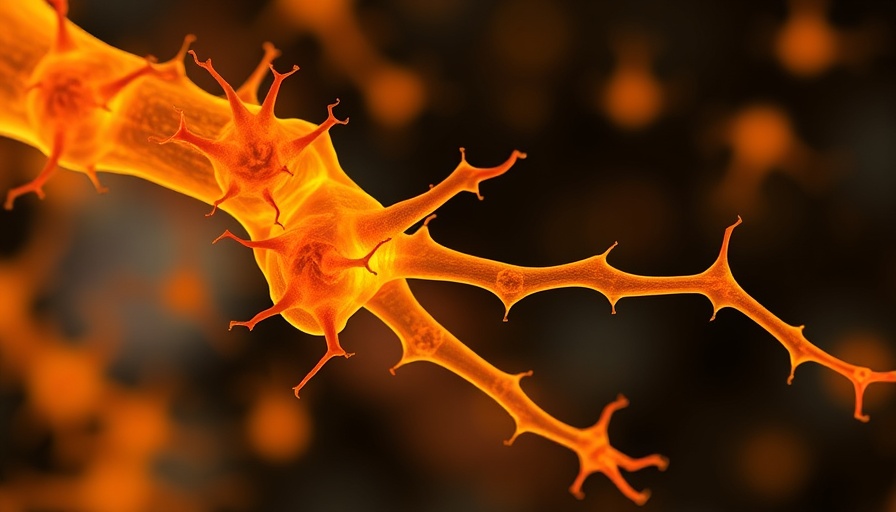
Understanding Cellular Senescence and Its Impact on Bone Health
The skeleton is far more than a mere framework for our bodies; it's a dynamic system that plays crucial roles in protecting our organs and supporting our physical activities. As we age, however, our skeletal health can decline due to a range of factors, with one of the most significant being cellular senescence. This process, marked by the irreversible arrest of cell division, introduces the senescence-associated secretory phenotype (SASP), which can disrupt normal function and contribute to various skeletal diseases.
Cellular senescence is primarily triggered by factors such as DNA damage, oxidative stress, and inflammation. When cells enter this state, they can no longer reproduce and begin to secrete inflammatory cytokines and other factors that may lead to tissue degeneration. This phenomenon is particularly concerning when considering diseases like osteoporosis, intervertebral disc degeneration, and osteoarthritis, all of which are prevalent among aging populations. These conditions not only diminish quality of life but also increase the risk of fractures and other serious health issues.
Age-Related Mechanisms Beyond Senescence
While cellular senescence plays a pivotal role in the deterioration of bone health, other age-related mechanisms also contribute significantly to skeletal diseases. For instance, impaired communication between bone cells can lead to an abnormal accumulation of senescent cells in the bone marrow. This disconnection further exacerbates the deteriorative process, propelling conditions like ankylosing spondylitis and rheumatoid arthritis.
Studies indicate that as our bodies age, the microenvironment within our bones deteriorates, which adversely affects the regenerative capacity of skeletal tissues. Such disturbances can inhibit the ideal functioning of osteoblasts (cells that form bone) and osteoclasts (cells that resorb bone), ultimately leading to an imbalance that favors bone loss rather than bone formation.
Therapeutic Strategies and Future Directions
Fortunately, recent advancements in biotechnology are shining a light on potential therapies aimed at combating the effects of cellular senescence. Targeted elimination or rejuvenation of senescent cells represents a potent strategy in treating age-related skeletal disorders. Research in senolytic therapies, which selectively induce death of senescent cells, is already yielding promising results in experimental models.
For instance, compounds like dasatinib and quercetin have shown potential in reducing senescent cells and mitigating their adverse effects. As the field continues to evolve, the therapeutic horizon looks promising, offering possible pathways to not just treat, but reverse the processes that lead to skeletal degradation.
The Importance of Recognizing Skeletal Health
Recognizing the complexities behind cellular senescence and its interactions with other biological processes is critical. Awareness of these mechanisms can empower individuals to take proactive steps toward preserving their skeletal health. This could include lifestyle choices such as regular weight-bearing exercise, a nutrient-rich diet, and regular medical check-ups to monitor bone density, all of which play vital roles in maintaining bone health as we age.
Conclusion: Taking Action for Skeletal Health
With a rising aging population, understanding and addressing skeletal diseases through the lens of cellular senescence provides a pathway forward. So, whether you're seeking information for yourself or a loved one, being proactive about skeletal health is invaluable. Engage with your healthcare provider about screening for age-related skeletal conditions and inquire about ways to incorporate protective strategies into your daily routine.
 Add Row
Add Row  Add
Add 




Write A Comment